Surprise surprise, LGBTQ+ books dominate list of most-targeted titles for bans
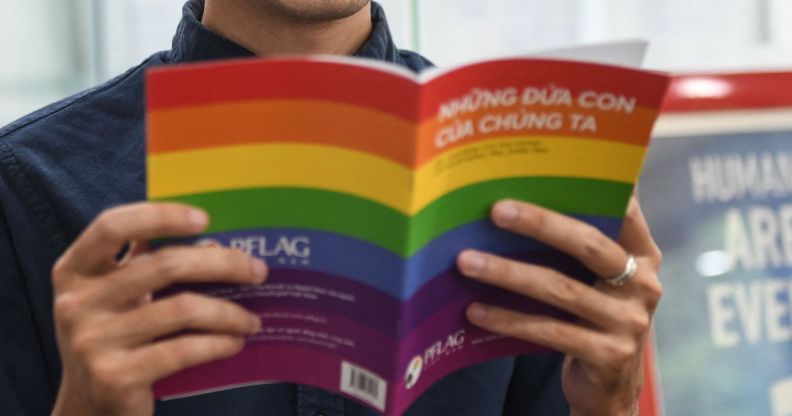
These books were the most-targeted for bans in 2023 – and surprise surprise, most are LGBTQ+. (Getty)
The books most often earmarked for bans in the US last year have been revealed – and most of them include themes of LGBTQ+ identity and race.
According to the American Library Association’s (ALA) annual report, The State of America’s Libraries, seven of the 10 most-challenged books in 2023 contain LGBTQ+ themes, with Gender Queer, by Maia Kobabe, topping the list for the third time since it was first published in 2019.
“In looking at the title of the most-challenged books from last year, it’s obvious that the pressure groups are targeting books about LGBTQ+ people and people of colour,” said ALA president Emily Drabinski.
According to the ALA, the number of books at risk of censorship increased by 65 per cent in 2023 compared with the previous year – the highest number recorded by the association.
Deborah Caldwell-Stone, the director of the ALA’s Office for Intellectual Freedom, said: “Each challenge, each demand to censor these books, is an attack on our freedom to read, our right to live the life we choose, and an attack on libraries as community institutions that reflect the rich diversity of our nation.
“When we tolerate censorship, we risk losing all of this.”
Here are the book which enraged right wingers in the US in 2023, and the reasons they faced being banned.
Gender Queer, by Maia Kobabe
Gender Queer is a graphic novel often challenged for its LGBTQ+ themes. The memoir explores Kobabe’s journey from adolescence to adulthood, and the author’s exploration of gender, sexuality and life experiences.
Right-wingers targeted the book because it discusses gender dysphoria and what it means to be non-binary. However, Kobabe, who uses e/em/eir pronouns, has argued that it’s essential to teach children about issues such as masturbation and puberty.
“It’s really dangerous and unfair to shield young people from things like sex and health and information about their bodies, partly because there is so much misinformation online,” Kobabe has previously said.
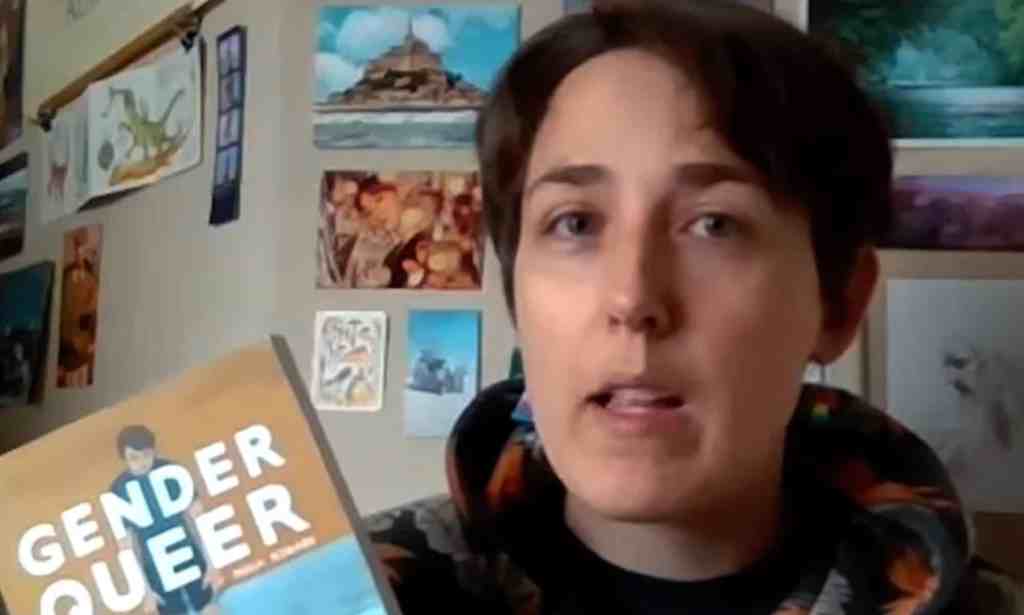
All Boys Aren’t Blue, by George M Johnson
George M Johnson’s memoir-manifesto consists of a series of essays following the award-winning non-binary author’s life growing up as Black and queer in the US.
The book has been consistently challenged in libraries across US since it was published in 2020 because of to its LGBTQ+ themes, however the bans only made them want to “rally even harder”, Johnson previously told PinkNews.
“Youth need to feel seen in books, and my book provides that for a lot of Black queer youth and non-Black queer youth,” they added.
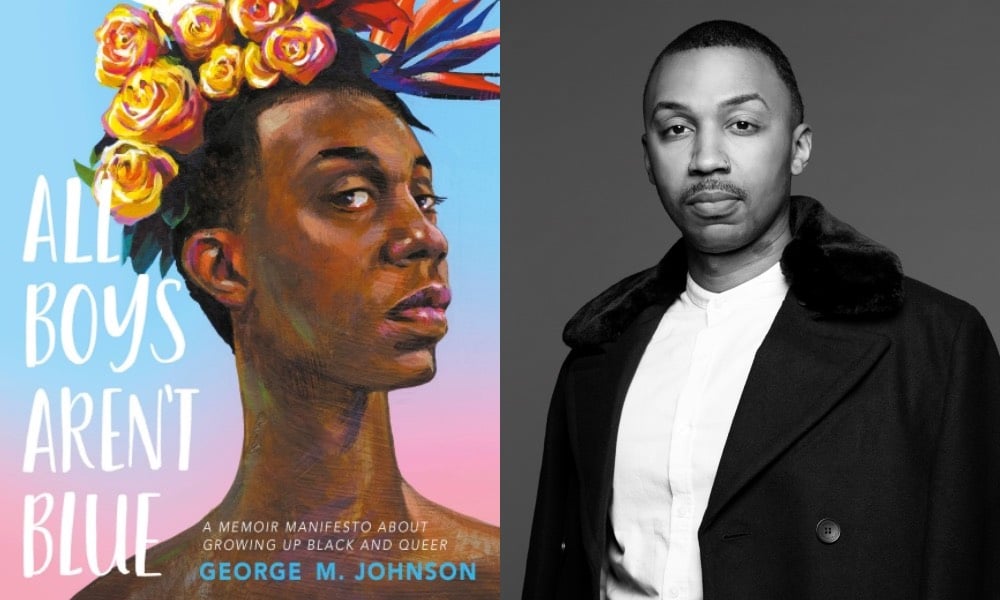
This Book is Gay, by Juno Dawson
British author Juno Dawson has consistently spoken out against restricting and banning books.
This Book Is Gay, a non-fiction guide for young adults covering all things LGBTQ+ – from safe sex to stereotypes and how to come out – frequently appears on ALA’s “most-challenged” lists.
“What we’re seeing now is a really organised attack on books because the far-right is out of ideas”, Dawson said. “What else can you attack but trans healthcare, drag queens, books?”
The Perks of Being a Wallflower, by Stephen Chbosky
This 1999 young-adult novel is a coming-of-age story following an introverted teenager as he navigates his first year of high school.
Despite many positive critical reviews and a popular movie adaptation, starring Emma Watson and Ezra Miller, the book has frequently been mentioned on ALA’s “most-challenged” lists thanks to its themes of rape and sexual assault, mental health and drug use.
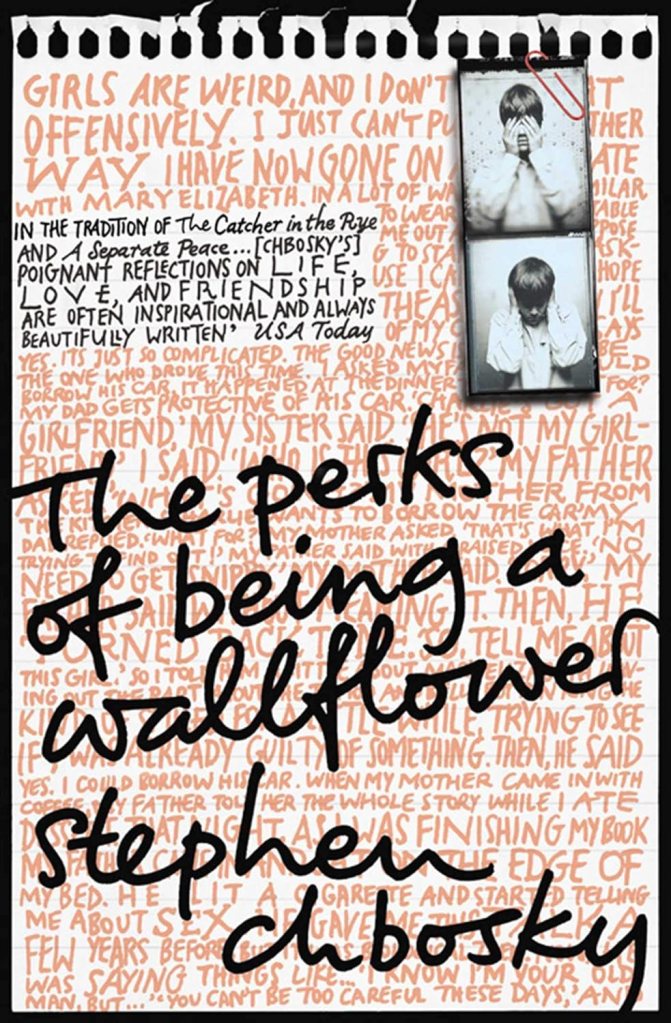
Flamer, by Mike Curato
Flamer is a semi-autobiographical graphic novel that follows a 14-year-old Filipino-American who is subjected to homophobic bullying while at summer camp, a place he previously regarded as a safe space.
Mike Curato, who wrote the book to help “young people who are in the vulnerable place that I was in when I was their age”, said he is scared for youngsters today.
“The hardest thing for me, with all of the book banning, is thinking about the readers [who] don’t have access to the book that they need,” he said.
“I’m worried about a kid in the middle of Texas, who isn’t allowed to read a book about themselves. What kind of damage is that doing to that child?”
The Bluest Eye, by Toni Morrison
The Bluest Eye is the first novel by Nobel-Prize-winning American author Toni Morrison, with themes of racism, incest and child molestation.
The novel, first published in 1970, follows a young African-American girl in Ohio, who desires the blue eyes she equates with “whiteness” after spending her life dealing with racism and being regarded as “ugly” because of the colour of her skin.
Tricks, by Ellen Hopkins
First published in 2009, Tricks is a young-adult novel that tells the story of five teenagers, with themes including sex, sexuality and drug use.
Hopkins, who has had several of her titles banned, wrote in a blog post: “It’s unthinkable that a handful of people have been allowed to remove any books from library shelves, to decide for everyone else what is or isn’t appropriate reading material.
“No one has the right to decide for my kids or yours what they can or can’t read. For local governments to decide otherwise is a travesty.”
Me and Earl and the Dying Girl, by Jesse Andrews
This is another young-adult novel, and another title adapted for the big screen, this time featuring The Last of Us star Nick Offerman. Published in 2012, it focuses on a teenage boy who is asked by his mother to befriend a girl after she is diagnosed with cancer.
The book has been challenged by several libraries and schools in the US for its “sexually explicit” material.
Speaking out about other banned books, author Jesse Andrews branded the “shutting [of] windows” for LGBTQ+ children to read about their own experiences “tragic”, joking that his own book is often banned simply because it contains “a lot of swearing”.
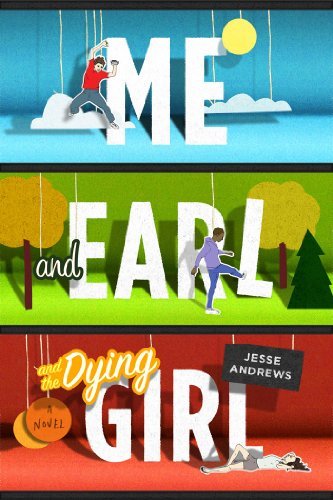
Let’s Talk About It, by Erika Moen and Matthew Nolan
Given that the book cover advertises it as a guide to sex, among other things, it’s not too surprising that it attracted the attention of the “ban brigade”.
The guide for teenagers, covering relationships, body image, sexuality and gender identity, comes in graphic-novel format.
Sold, by Patricia McCormick
This story about a girl from Nepal, who is sold into sexual slavery in India, has been cited by the ALA as being frequently banned because of its “sexually explicit” content and description of rape.
“It’s so important for kids to see themselves in the books they read,” the author has said.
“When kids have these experiences, like sexual assault, the book gives them a way to talk about it, then their friends and teachers can help… [banning it leaves] young people defenceless to understand some of the darker parts of the world.”
